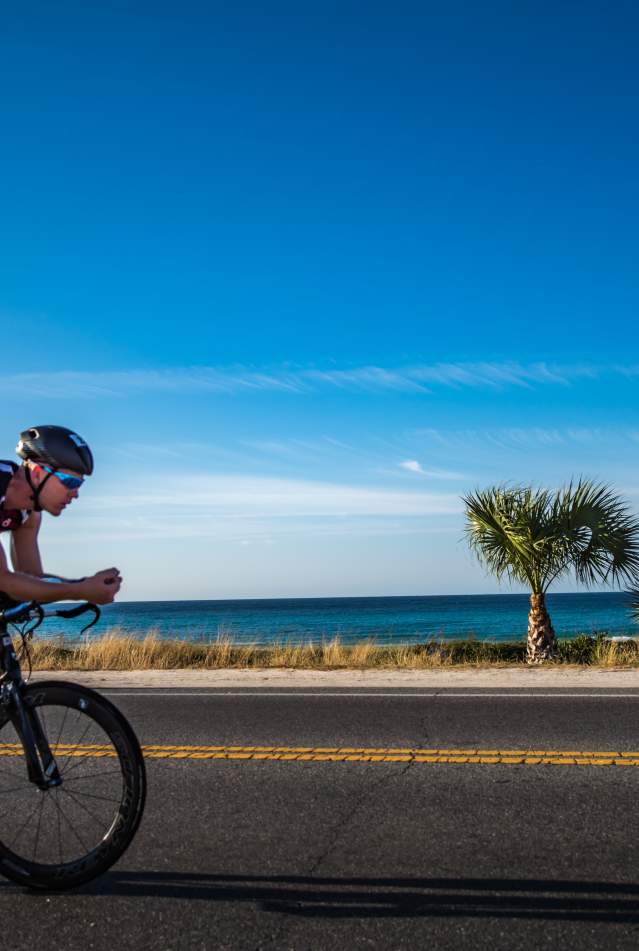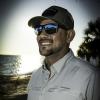Recent heavy rains have stained the water in most parts of the bay but the trout and redfish have been thick and willing to eat all sorts of artificial lures. Topwater and surface lures fished over shallow grass flats have done very well early in the morning. During the day, I’ve been switching to jigs and soft plastics and fishing potholes and sandbars. On high tides, look for redfish to be laying up or cruising right along the shoreline and in flooded reed beds, tidal creeks and throughout the shallows. I start looking for redfish in holes on the flats as well as docks and other medium-depth structures as the tide drops out.
Big speckled trout are often found in the same environments as redfish and can be caught using similar tactics. Lately I’ve been catching trout on broken bottom or grass flats in about 2-4 feet of water using jigs and shrimp patterns. Depressions carved out by the current running over points are great areas to look for schools of trout stacking up. Keep in mind that trout usually like to group together so if you catch one there are likely more in the area.
There are still some good redfish being caught around the bridges and in the pass. Outgoing tides will offer the best chance to catch fish feeding on the surface. This time of year, also look for some tarpon to be mixed in around the bridges since they often spend their autumn days chasing big bait pods in the bays. Oddly enough, these fish are often feeding on the bottom even though you may see them rolling on the surface. I typically use soft plastic jerk baits or swimbaits to target the tarpon but they will eat all kinds of live baits as well.
There’s plenty of action on structures around the bay right now. Monster mangrove snappers, redfish, sheepshead, black drum, flounder… the list goes on. When and how you fish a particular structure will likely determine how many of those species you will actually catch. For instance, if you fish a jig or live minnow, then you probably won’t catch sheepshead or black drum but if you toss a live shrimp into the mix, then you could get a bite from any of the fish in that group.
Along the beaches, look for pompano to start cruising the surf along the shoreline as the temperature cools off. Walking the beach with a jig is a good way to get some exercise and catch dinner in the process. Or you can set up a chair, chunk a couple rods out with sand fleas, drink a cold one and wait for the pompano to come by. Both tactics are effective and enjoyable.
If you have questions about what’s biting, how to catch them or want to book a trip, give me a call or shoot me an email. Tight lines!

